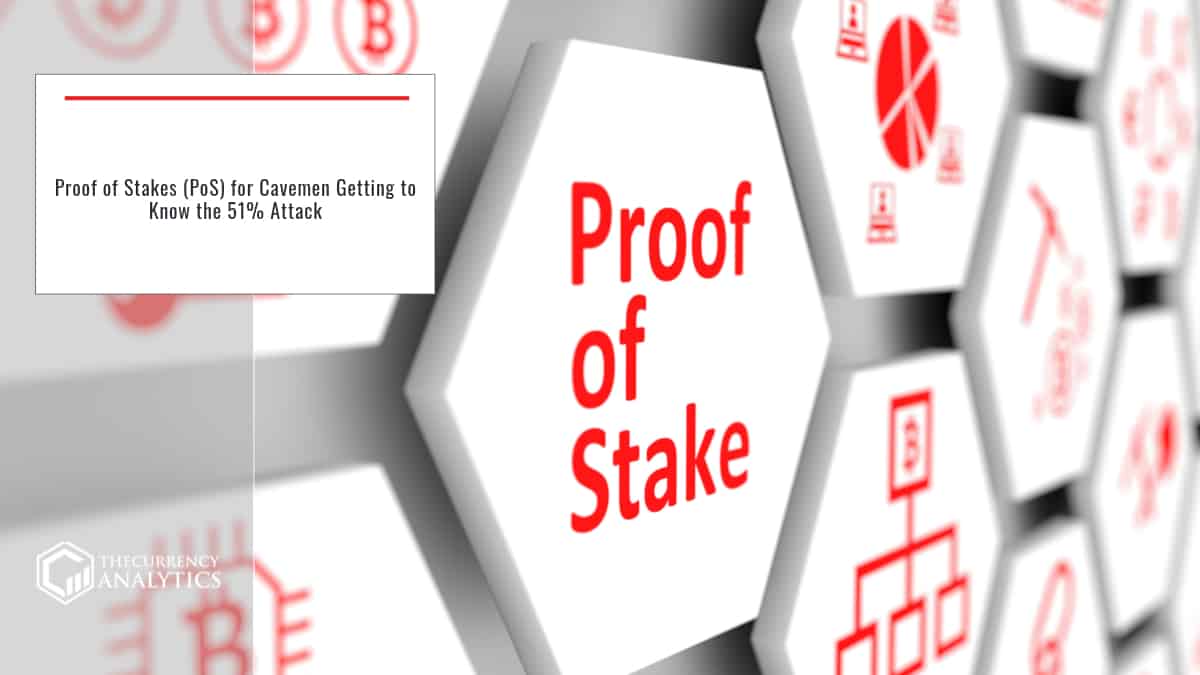
The Simply Explained YouTube Channel has made PoS easier to understand: In 2011, a Bitcoin forum user called quantum mechanic proposed a new technique called proof of stake. The basic idea is letting anyone compete against each other with mining. Proof of Stake (PoS) has no miners; they have validators. It does not mine new blocks; rather, it mints or forges new blocks.
To become a validator, a node has to develop a certain amount of coins into the network and stake. You can think of this as a security deposit. The size of the stake determines the chances of a validator to be chosen to forge the next blog. It is a linear correlation: Considering a $100 vs. $1000 deposited, the person who staked $1000 has 10 times higher chances of getting chosen to forge the next blog. It just looks like it favors the rich. However, it is considered to be more fair when compared to proof of work.
With POW, rich people will be able to enjoy the power of economies at scale. The amount of money they paid for equipment and electricity does not go up in a linear fashion. Instead, the more they buy, the better prices they can get.
In PoS, if a node is chosen to validate the next block, it will check if all the transactions within it are valid. And, if everything checks out, the node signs off on the block and adds it to the blockchain. As a reward, the node receives the fees, which are associated with the transactions inside this block.
Okay. So, how can we trust other validators on the network? Well, that is where the stakes comes in. Validators will lose a part of their stake if they approve fraudulent transactions.
As long as the stake is higher than what the validator gets from the transaction fees, we can trust them to correctly do their job because if not, they will lose more money and no gain. It is a financial motivator and holds up as long as the stake is higher than the sum of all the transactions.
If the node stops being a validator, his stake plus all the transactions that he got will be released after a certain period of time. The network should be able to punish if some of the blocks were actually fraudulent. In PoW, everyone can mine. In PoS, there are only a select few validators. PoS approval is less expensive than PoW.
The 51% attack was described as a weak point for the PoS algorithm. If a single miner or a group of miners can obtain a 51% of the hashing power, they could effectively control the blockchain. PoS, on the other hand, makes this attack very impractical depending on the value of a cryptocurrency.
And a 51% attack is less likely to happen on a proof of stake, but that is not the only risk. The PoS algorithm also needs to be careful about how they are going to select the next validator. It cannot be completely random because the size of the stake has to be factored in. However, at the same time, the stake alone isn’t enough to favor rich people who will get chosen more frequently.
They will collect more transaction fees and become even more prosperous. And thus increase their chances of being chosen as a validator even further. Different blockchains fix this issue differently.



Get the latest Crypto & Blockchain News in your inbox.